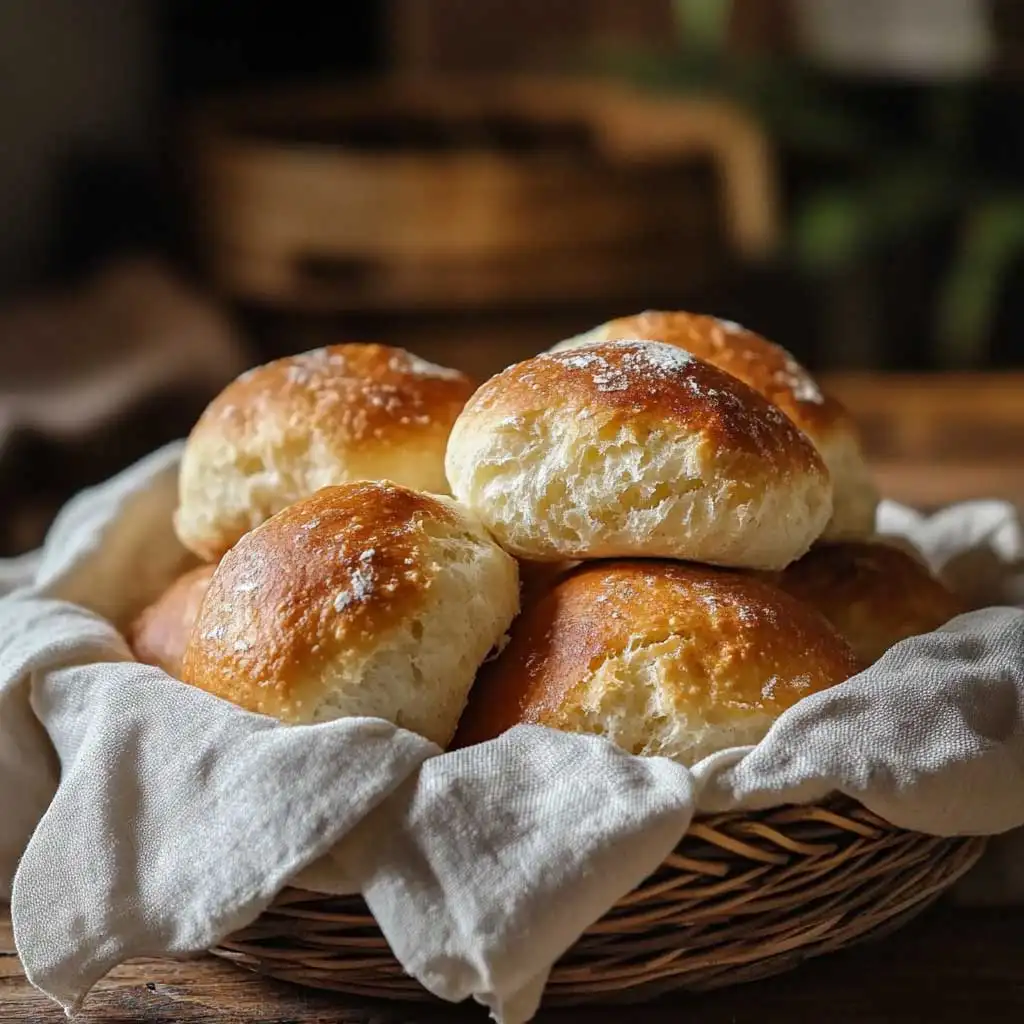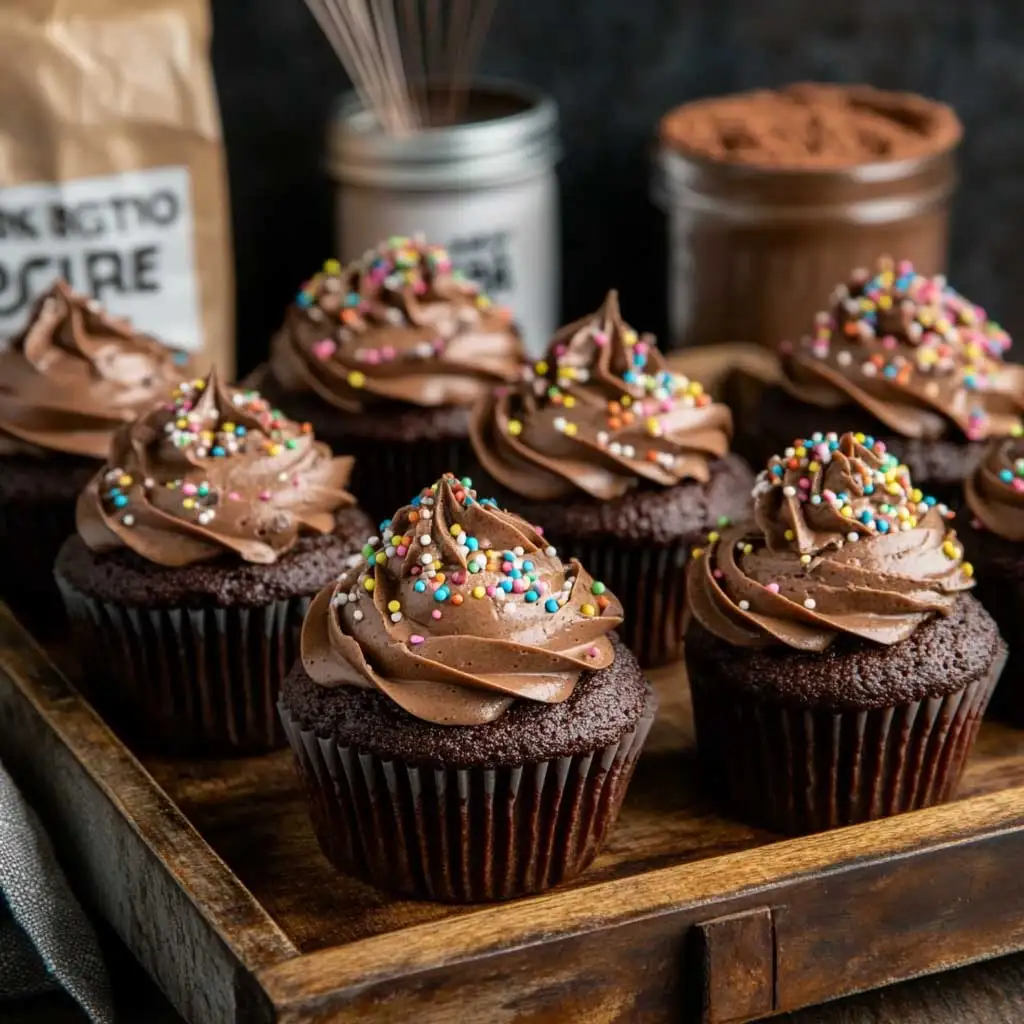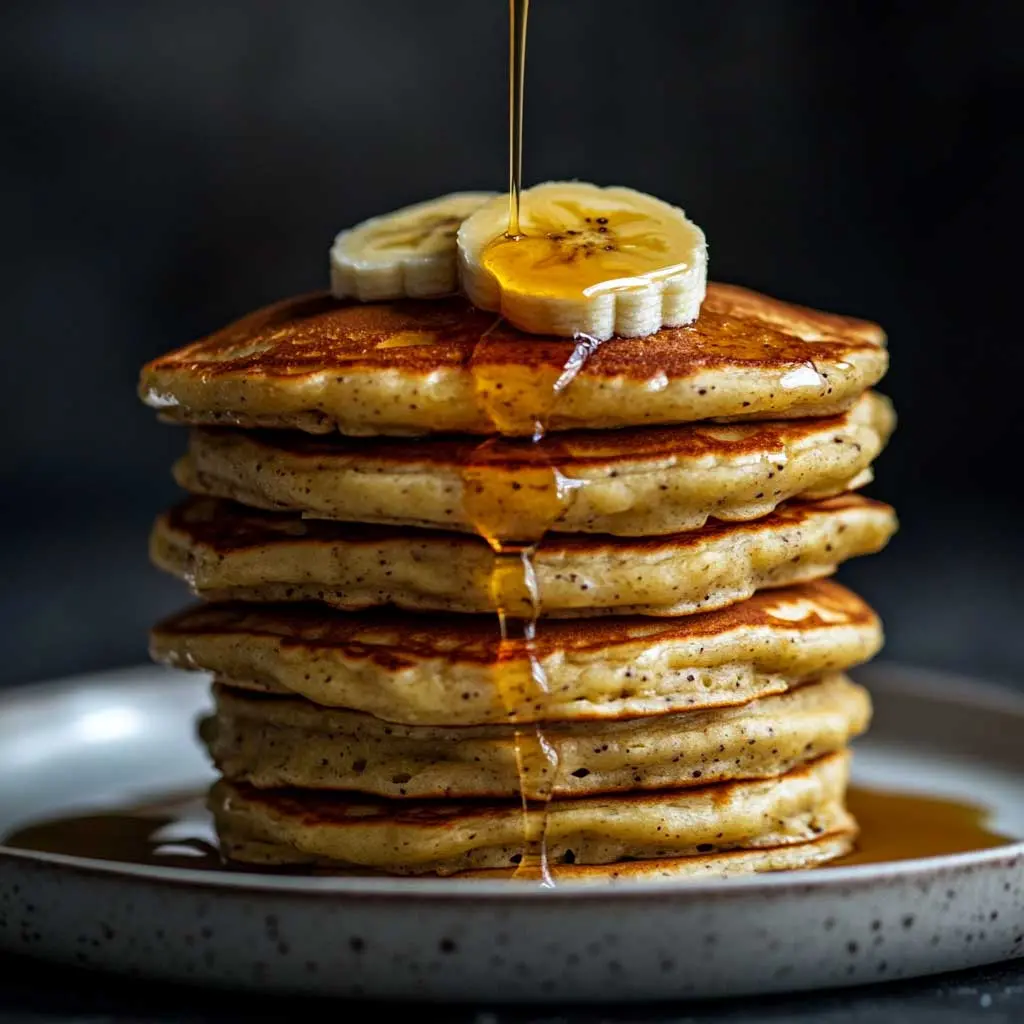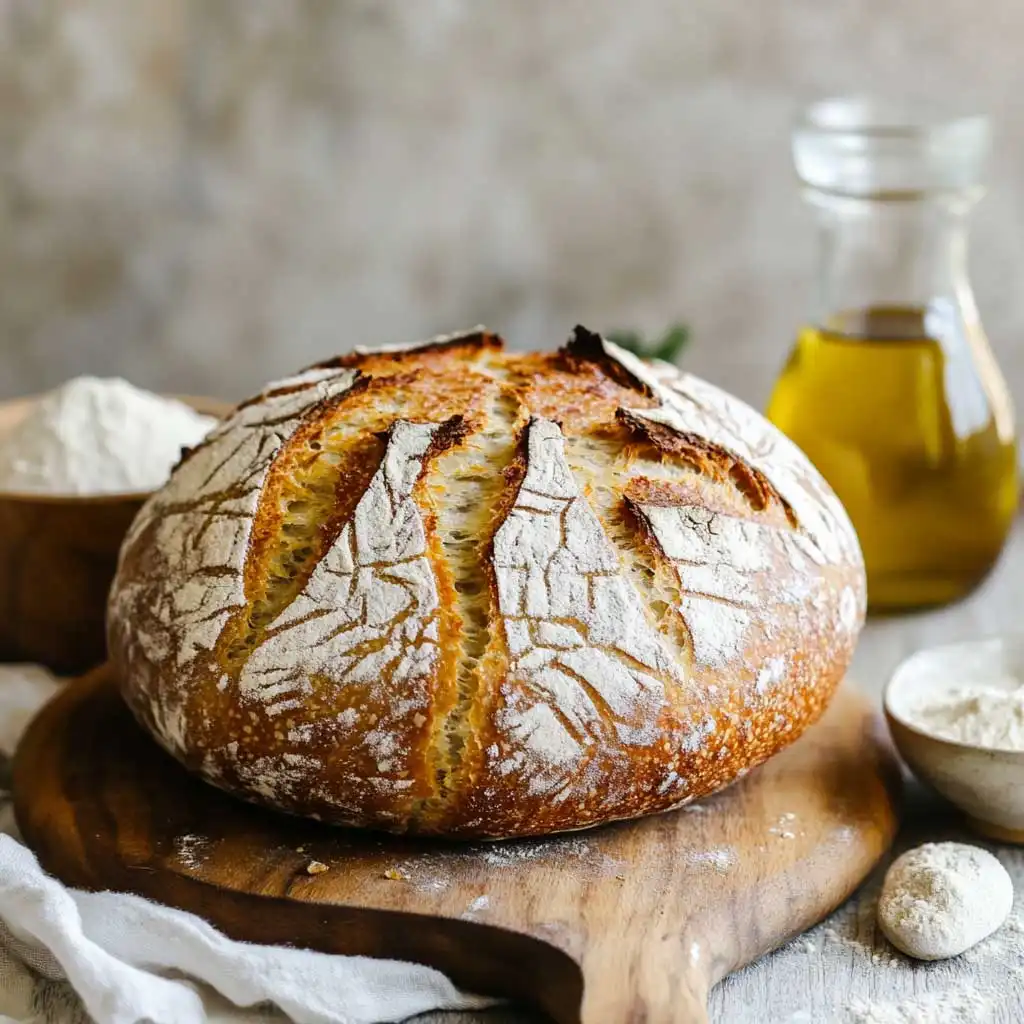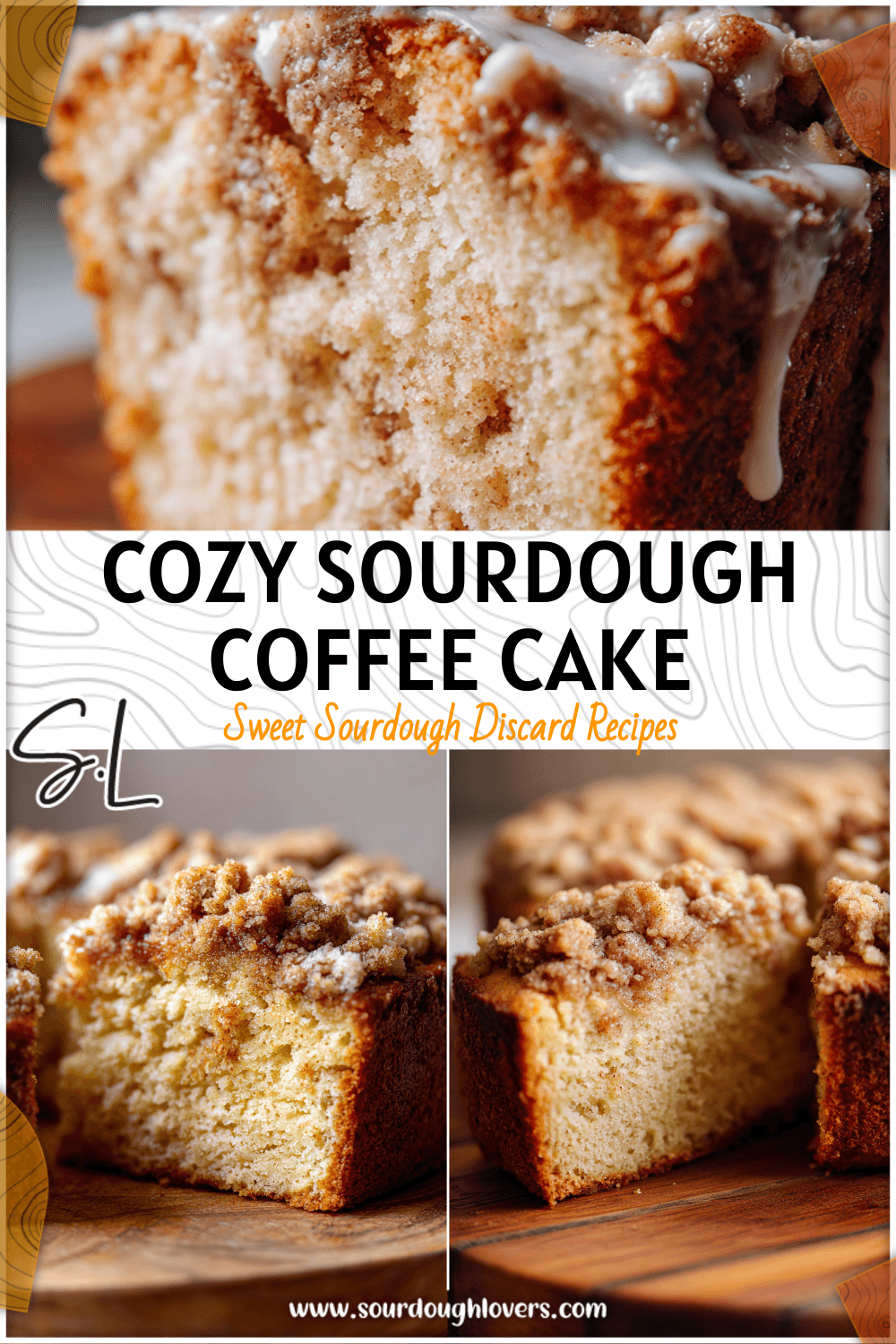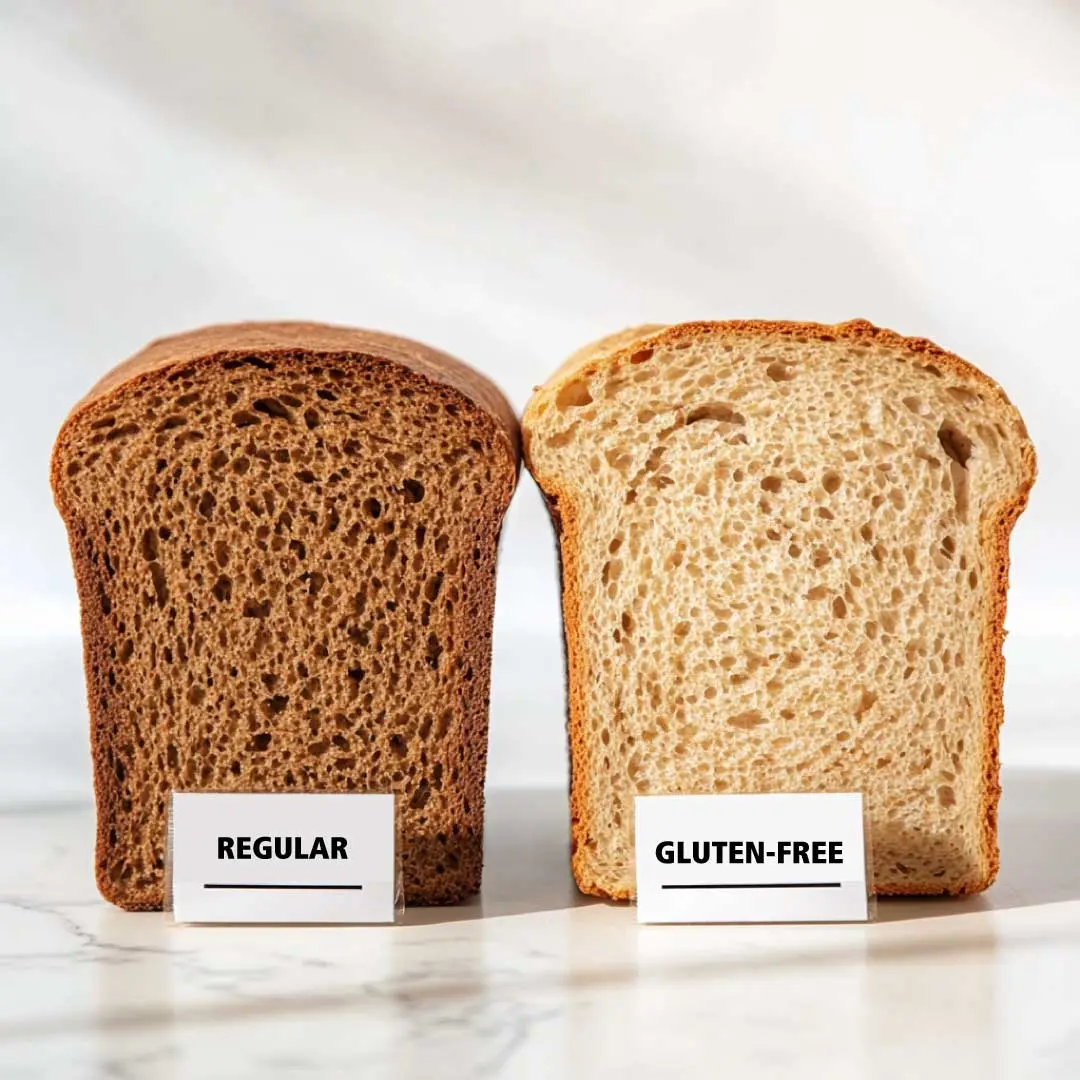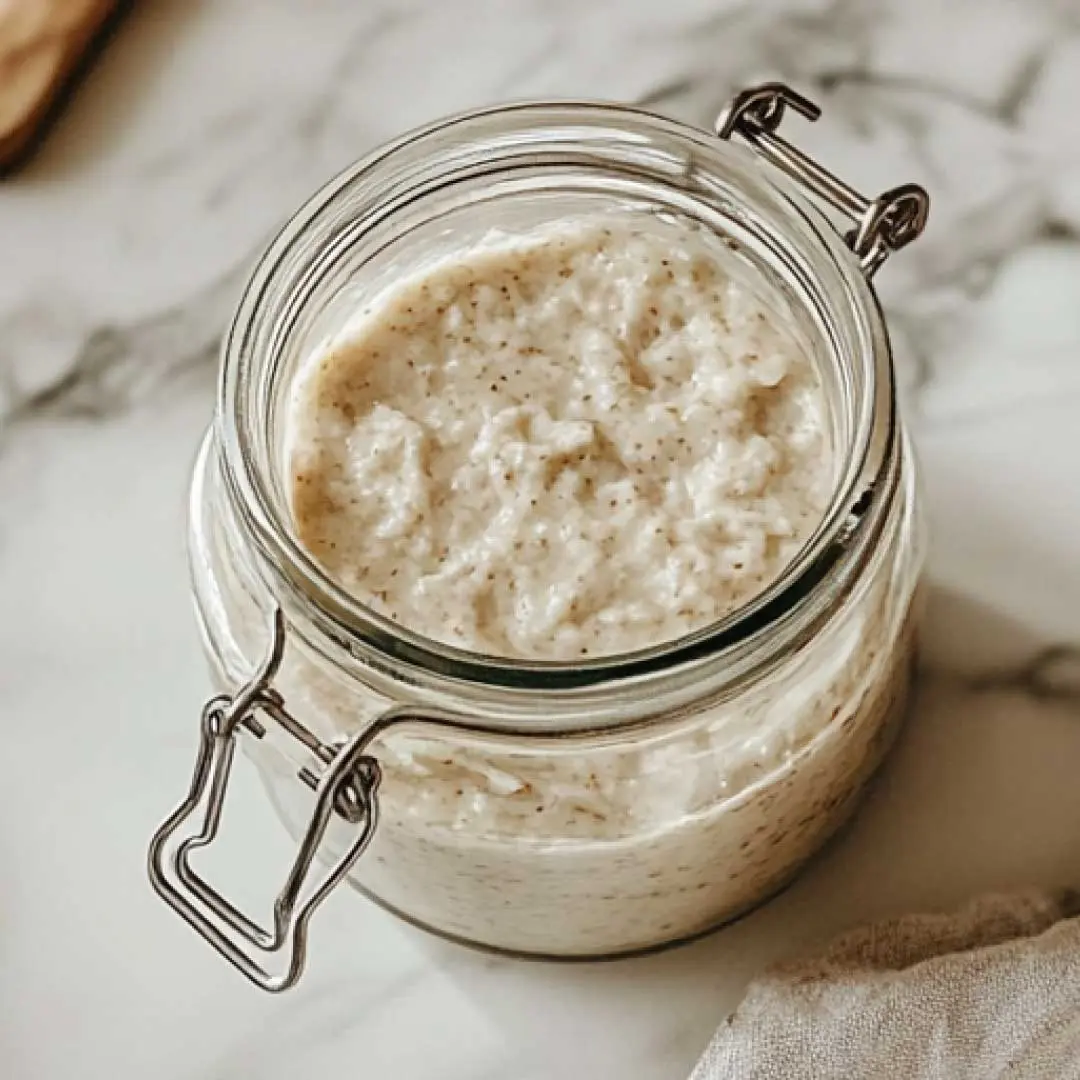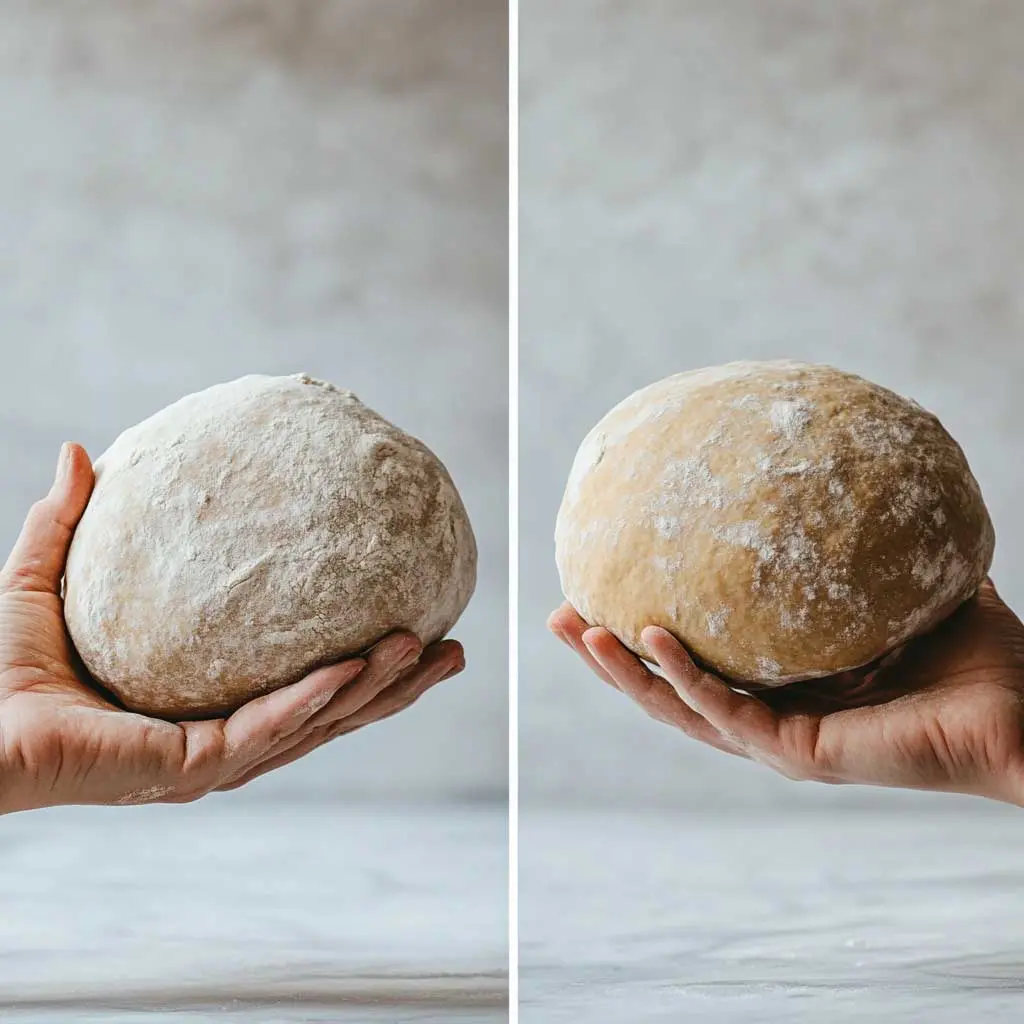A few years ago, I dreaded cooking dinner after long workdays. No matter how motivated I felt at first, the moment I walked into my cluttered kitchen, the enthusiasm vanished. Pots were stacked over cutting boards, spices were scattered in three different cabinets, and half the time I couldn’t remember where to put stuff in the kitchen. What should’ve been a relaxing hour of creativity turned into a nightly scavenger hunt for utensils.
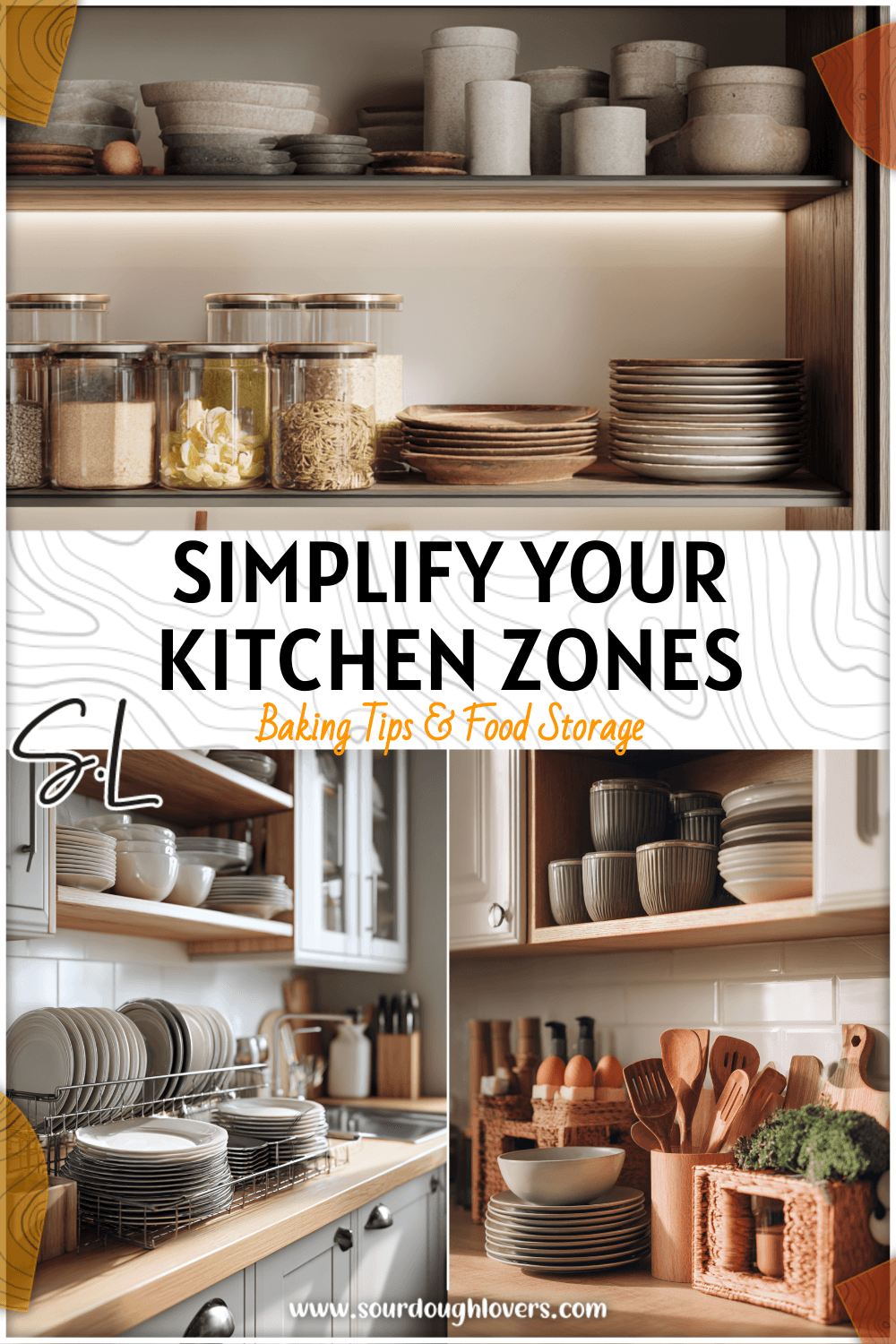
One Sunday, after knocking over a pile of lids and nearly giving up on meal prep entirely, I realized something had to change. I started researching how to organize kitchen layout efficiently and came across the concept of “kitchen zones.” It sounded simple enough—divide your space based on function—but it completely changed the way I used my kitchen.
Once I applied these kitchen zone ideas, cooking became easier, faster, and even enjoyable again. Everything had its place: cookware near the stove, plates near the dishwasher, and a prep station stocked with knives and cutting boards right by the sink. That small shift—from a chaotic catch-all to a thoughtfully arranged space—turned my kitchen into a zone of calm and comfort. It wasn’t about buying fancy tools or labeling everything (though I did plenty of that later); it was about understanding how space affects the flow of daily life.
Print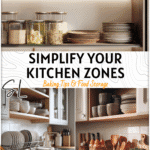
Classic Vegetable Stir-Fry
- Total Time: 25 minutes
- Yield: 4 servings 1x
Description
A quick and healthy vegetable stir-fry packed with colorful veggies and savory sauce. Perfect for weeknight dinners.
Ingredients
Instructions
1. Heat vegetable oil in a large skillet or wok over medium-high heat.
2. Add minced garlic and cook until fragrant, about 30 seconds.
3. Add sliced bell peppers, broccoli, carrot, and zucchini to the pan.
4. Stir-fry vegetables for 5 to 7 minutes until tender-crisp.
5. In a small bowl, whisk together soy sauce, oyster sauce, sesame oil, salt, and pepper.
6. Pour sauce over vegetables and toss to coat evenly.
7. Cook for 1 to 2 more minutes until sauce thickens slightly.
8. Remove from heat and garnish with chopped green onion.
9. Serve immediately with rice or noodles.
- Prep Time: 15 minutes
- Cook Time: 10 minutes
- Category: main course
- Method: stir-fry
- Cuisine: fusion
Nutrition
- Serving Size: 1 cup
- Calories: 180
- Sugar: 6
- Sodium: 400
- Fat: 10
- Saturated Fat: 1.5
- Unsaturated Fat: 8
- Trans Fat: 0
- Carbohydrates: 18
- Fiber: 4
- Protein: 4
- Cholesterol: 0
Keywords: vegetable stir fry, easy recipe, weeknight dinner, quick stir fry, healthy meal, vegetarian dinner, one pan meal
Why Kitchen Zones Make Everyday Cooking Easier
When your kitchen is zoned properly, every step of a meal flows naturally. You grab ingredients from the pantry, prep them on the counter beside your tools, cook near your stove, and clean up efficiently—no more pacing back and forth. Zoning helps minimize clutter and wasted movement, making the process intuitive. This approach is especially useful if you’ve ever wondered where to put stuff in kitchen cupboards or found yourself searching endlessly for a missing spatula.
By defining zones, you create a home base for every category of kitchen item. Plates live near the dishwasher, pots near the stove, and dry goods in a clearly organized pantry. You can also scale this approach for any space—from a compact city apartment to an expansive family kitchen. The beauty of zoning lies in how flexible it is: you don’t need a remodel to feel the difference.
In this article, we’ll explore practical and smart kitchen zone ideas that streamline your cooking space and simplify your daily routine. You’ll learn tips for organizing kitchen tools, planning your layout, and designing each zone so that your kitchen finally works for you—not against you.
Planning the Perfect Kitchen Layout
Understanding the Five Key Kitchen Zones
When learning how to organize kitchen layout efficiently, it helps to think in terms of zones. These zones create a logical flow that mirrors how you naturally move while cooking — from gathering ingredients to serving your meal. Most kitchen designers agree on five essential zones: preparation, cooking, cleaning, storage, and serving.
Each zone has its own purpose and recommended contents. Once you define them, deciding where to place things in kitchen cabinets becomes effortless. Here’s a quick breakdown:
| Kitchen Zone | Purpose | Typical Items to Store | Placement Tips |
|---|---|---|---|
| Preparation Zone | Main workspace for chopping, mixing, and assembling food | Cutting boards, knives, mixing bowls, measuring cups, food processor | Keep near sink for easy rinsing; ensure good lighting and counter space |
| Cooking Zone | Area used for stovetop and oven cooking | Pots, pans, utensils, oven mitts, spices, oils | Store spices and utensils within arm’s reach of the stove |
| Cleaning Zone | Centered around the sink and dishwasher | Dish soap, brushes, drying rack, trash bin | Place near water source; keep under-sink storage organized with bins |
| Storage Zone | Space for long-term food and equipment storage | Pantry goods, bulk ingredients, Tupperware, small appliances | Use pull-out shelves or bins; categorize items by frequency of use |
| Serving Zone | For plating, setting the table, or packing lunch boxes | Plates, bowls, glasses, silverware, napkins | Locate near dishwasher or dining area for easy table setup |
This simple kitchen storage checklist helps you see your kitchen at a glance, eliminating guesswork and clutter. By aligning items with their specific zone, every movement becomes intentional. For instance, you’ll no longer grab a frying pan from across the room or stretch to find measuring cups.
Proper zoning also works as a visual declutterer—it limits scattered items and makes tasks more efficient. Once each zone is established, keeping things tidy (and finding them again) feels natural rather than forced.
Mapping Out a Functional Kitchen Layout
Now that you understand the five zones, the next step in how to organize kitchen layout is mapping them according to your kitchen’s shape and size. Every home layout—from narrow galley kitchens to open-concept islands—can benefit from this plan.
- L-shaped kitchens: Designate one leg for preparation (near the sink) and the other for cooking (with oven and stove). Storage and serving areas can line the outer walls.
- U-shaped or closed kitchens: Keep cleaning and cooking zones opposite each other for balance. Storage can be at the top corner and serving near the entrance for easy table access.
- Galley kitchens: Prioritize flow. On one side, place cooking and preparation zones; on the other, situate cleaning and storage zones. This layout prevents congestion during busy meal times.
- Open-space kitchens: Use islands or counters to define specific areas. For example, make one side of the island a prep zone with drawers for knives and tools, and the other side a serving zone facing the dining area.
Items used daily should live in the easiest-to-reach cabinets. Heavy or rarely used items can move to upper or lower shelves. For example, store everyday plates and bowls just above the dishwasher to streamline unloading. Meanwhile, place baking sheets and mixing bowls near prep counters to cut down steps.
Maximize space by going upward. Use wall-mounted racks for pots, magnetic strips for knives, or open shelving for glass jars. Transparent containers make it easy to spot supplies quickly—an essential element of your kitchen storage checklist.
If your cooking area is compact, combine zones creatively. For instance, your prep counter can double as a serving surface once the meal is ready. Foldable cutting boards or rolling carts can expand workspace only when needed. Keep countertop clutter minimal; every item should earn its spot.
Yes, function matters—but visual flow enhances usability too. Use consistent bins and labels to create a cohesive look across zones. Matching containers make transitions feel smoother and help you maintain long-term organization without extra effort.
By thoughtfully mapping each zone and adjusting based on your workflow, you’ll turn even the busiest kitchen into a stress-free, functional space. Once you grasp where to place things in kitchen setups strategically, you’ll cook faster, clean easier, and actually enjoy spending time in the heart of your home.
Smart Kitchen Zone Ideas for Every Home
Clever Tips for Organizing Kitchen Essentials
Creating a smart, simplified kitchen doesn’t always mean a full redesign. Sometimes, it’s about the small organizational touches that bring harmony and flow to your daily routine. Whether you’re setting up a new space or trying to refresh your existing one, the following kitchen zone ideas can help you organize efficiently and maintain the system long term.
- Group items by task, not category. Keep cutting boards, knives, and mixing bowls in your preparation zone. Store pot holders, spatulas, and cooking oils near the stove to minimize steps and confusion.
- Use drawer inserts and pull-out trays. Deep drawers can quickly become black holes. Custom inserts or adjustable trays divide space for flatware, measuring spoons, and gadgets while pull-out storage keeps bigger items accessible.
- Label and categorize everything. Labeled jars, baskets, and bins make organization visible and intuitive. Group dry goods into “baking,” “breakfast,” and “quick meals.” It keeps the pantry tidy and helps everyone know where to put stuff in kitchen sections.
- Maintain a kitchen storage checklist. Review cabinet and pantry contents regularly. This simple habit keeps each zone relevant, avoids duplicate buys, and prompts seasonal decluttering.
- Use vertical and hidden storage. Hang mugs under shelves, mount knife strips, or store items behind cabinet doors. These tricks free limited counter space.
- Practice the “reset routine.” Spend two minutes after each cooking session to put everything back. Consistency prevents clutter and keeps the kitchen welcoming.
These tips for organizing kitchen spaces bring together practicality and design so that organization adapts naturally to your cooking style.
Where to Put Plates, Pans, and Pantry Items for Maximum Ease
Now that your zones are defined, it’s time to decide where to put stuff in kitchen spaces for effortless flow. Think about frequency of use and proximity: the items you reach for daily should always live within arm’s reach of their activity zone.
- Storing everyday plates and glassware: Place plates, bowls, and glasses near the dishwasher or drying rack to shorten unloading time. Keep cereal bowls and mugs near breakfast areas for efficiency.
- Organizing pots, pans, and baking tools: Store heavy cookware below the stove, baking sheets vertically, and utensils within arm’s reach. This setup smooths your cooking rhythm.
- Coordinating pantry and dry storage: Use clear containers and categories for an easy visual scan. Store staples on middle shelves and bulk goods on top or bottom to prevent waste.
- Managing seasonal or specialty cookware: Move rarely used tools to higher cabinets or labeled bins, preserving accessible space for daily essentials.
- Optimizing utensil and tool placement: Keep prep tools next to the chopping station and cooking tools beside the stove. Wall-mounted racks or pegboards can double as décor.
- Designing pantry flow for busy mornings: Dedicate a “grab-and-go” shelf for coffee, cereal, or quick meals. Nearby, keep reusable containers for effortless lunch prep.
- Include a mini serving or beverage zone: If space allows, create a countertop area for coffee or snack service near the dining room to eliminate cross-traffic.
Each of these strategies builds upon strong zoning principles. When every item has a defined home, tidiness feels automatic. Following these tips for organizing kitchen spaces ensures you cook, clean, and serve more efficiently than ever before.
FAQ and Conclusion
Frequently Asked Questions about Kitchen Zone Organization
1. How do I start organizing my kitchen from scratch?
Begin by emptying cabinets and drawers to evaluate what you use. Group items by function—cookware, utensils, pantry goods—and assign each to the five main zones: preparation, cooking, cleaning, storage, and serving. This makes it clear where to put stuff in kitchen spaces and eliminates clutter right from the start.
2. What’s the best spot for plates or utensils?
Plates and bowls belong in the serving zone near the dishwasher or dining area. Split utensils by purpose: prep tools at the cutting station, cooking tools by the stove, and eating utensils near the table.
3. How often should I update my kitchen storage checklist?
Check every six months or after any major lifestyle change. A current kitchen storage checklist keeps your system relevant and prevents overcrowding. Adjust seasonally for special cookware like grills or holiday bakeware.
4. Can small kitchens use zoning ideas?
Yes. In fact, kitchen zone ideas are especially useful for small spaces. Combine functions where needed, use vertical storage, and rely on rolling carts or wall racks to maximize efficiency.
5. What are the must-have tools for a well-organized kitchen?
Start simple: drawer inserts, containers, risers, and labeled bins. Add pull-out trays, a magnetic knife strip, and keep a notepad for your kitchen storage checklist. Low-cost solutions can transform workflow dramatically.
Conclusion – Turning Your Kitchen into a Space That Works for You
A functional kitchen isn’t about perfection—it’s about purpose. By defining zones and learning how to organize kitchen layout around your habits, cooking becomes seamless and enjoyable. Each area—from prep to pantry—serves a clear role so you always know where to put stuff in kitchen drawers and cabinets.
Your kitchen should evolve with your lifestyle. Revisit zones regularly, tweak storage, and refine your tips for organizing kitchen setup to keep everything intuitive. Over time, you’ll spend less time tidying and more time creating meals you enjoy.
Even the smallest adjustments—clever kitchen zone ideas or organized cabinets—add up to a space that truly works for you. Start with one drawer today, expand tomorrow, and soon you’ll find every cooking task effortless. A well-zoned kitchen doesn’t just look good—it feels like home.










